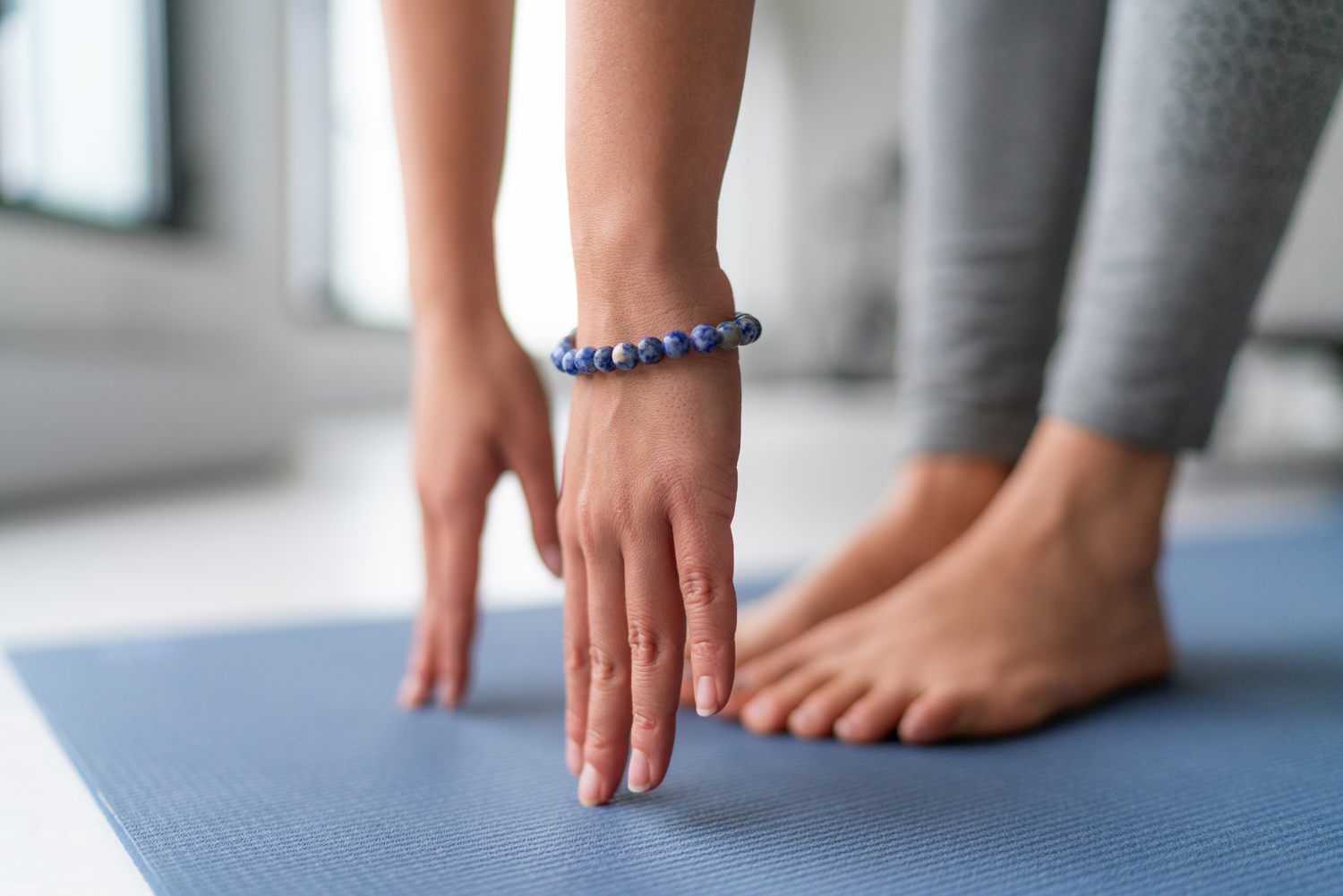Stretching For Better Foot Health

Introduction:
As early as the 1980s, static stretching was widely promoted as a significant means of preventing muscular injury and additionally improving physical performance during sporting activities (6). Further studies surrounding the epidemiology of muscular injuries have also cited flexibility, specifically the lack of there of, to be a contributing factor noted amongst musculotendinous strains (2).
Applying these principles to foot healthcare, precisely the treatment or prevention of chronic or acute pain associated with our biomechanics should take on some significance. Let us start by taking a loser look at one of the most common biomechanical complaint seen in our clinic, Plantar Fasciitis or Heel/Arch Pain and how stretching plays a part in a high quality treatment and prevention plan.
Plantar Fasciitis or Heel/Arch Pain:
By definition, Plantar Fasciitis is described as the degeneration of the plantar fascial tissue, resulting from repetitive micro-tears, leading to an inflammatory reaction (7). Let’s take a closer look at the associated ligament structure involved, the ‘Plantar Fascia’ (Figure 1), and its properties in relation to its intended use. The plantar fascia is a band of connective tissue originating at the calcaneus (heel bone) and inserting on the tendons of the forefoot, with the role of supporting the arch of the foot and offering shock absorption for pressure placed on the foot (7).

The Stretching Effect:
With the use of the plantar fascia noted, conjecture alone would be adequate to conclude that a more flexible, or elastic plantar fascia may offer more resistance to the repetitive micro-tears highlighted when discussing plantar fasciitis. To offer scientific evidence of this, studies have shown that by employing a ‘chronic stretching’, ie. regular heavy stretching for 10-15 minutes a day, 3-4 days a week, results in increased strength, power, strength endurance, as well as improved flexibility and mobility. It is important to note that for injury prevention stretching must remain chronic, as ‘acute’ or lighter stretching fails to achieve the same result (5).
Stretching therefore adds significant improvements to the prognosis of the patient being treated for plantar fasciitis when combined with custom orthotic therapy, as it is shown to optimise tissue tension by recreation of what we call ‘The Windlass Mechanism’ (3). The manner by which the plantar fascia supports the foot during weight- bearing activities and provides information regarding the biomechanical stresses placed on the plantar fascia (1).
Conclusion:
The benefit of a carefully tailored stretching programme, specifically chronic stretching, when included into the treatment plan for plantar fasciitis is clear, showing positive signs when it comes to improving and preventing symptoms.
If we extrapolate these principles on to other muscles groups, tendons and ligaments of the lower limb, we cam find additional comfort in the knowledge that the results should remain the same. As maximising tendon training and rehabilitation, one may expect an increase in the amount of traumatic stresses a tendon can withstand (4).
References:
(1) Bolgla, LA and Malone, TR. 2004. Plantar Fasciitis and the Windlass Mechanism: A Biomechanical Link to Clinical Practice. Journal of Athletic Training, 39(1): 77-82.
(2) Cross, KM and Worrell, TW. 1999. Effects of a static stretching program on the incidence of lower extremity musculotendinous strains. Journal of Athletic Training, 34(1): 11-14.
(3) DiGiovanni, BF; Nawoczenski, DA; Malay, DP; Graci, PA; Williams, TT; Wilding, GE and Baumhauer, JF. 2006. Plantar Fascia-Specific Stretching Exercise Improves Outcomes in Patients with Chronic Plantar Fasciitis: A Prospective Clinical Trial with Two-Year Follow-Up. The Journal of Bone & Joint Surgery, 88(8): 1775-1781.
(4) Fyfe, I and Stanish, WD. 1992. The use of eccentric training and stretching in the treatment and prevention of tendon injuries. Clin Sports Med., Jul;11(3):601-24.
(5) Nelson, AG and Kokkonen, J. 2021. Stretching Anatomy Third Edition. Champaign, Illinois: Human Kinetics, p. 3.
(6) Shrier, I. 2005. When and whom to stretch? Gauging the benefits and drawbacks for individual patients. The Physician and Sports Medicine, 33(3): 22–26.
(7) Tong, KB and Furia, J. 2010. Economic burden of plantar fasciitis treatment in the United States. Am J Orthop (Belle Mead NJ), 39(5):227–231.
